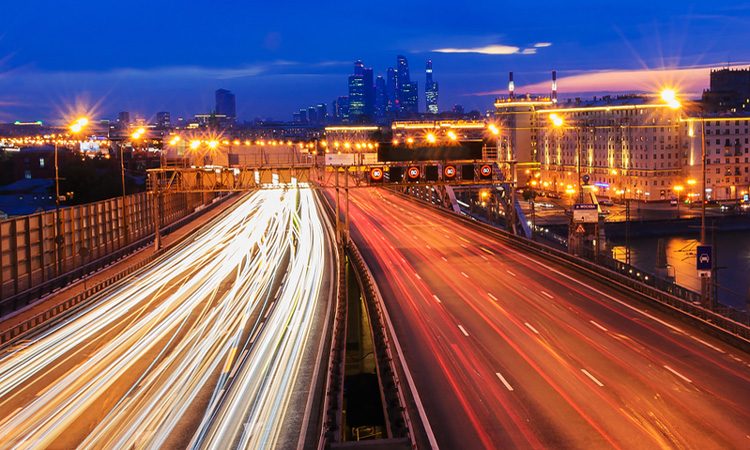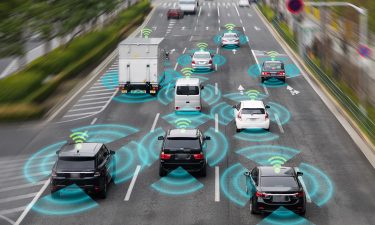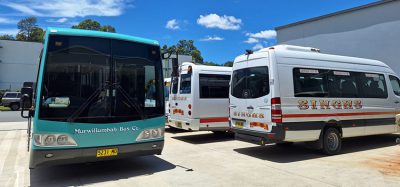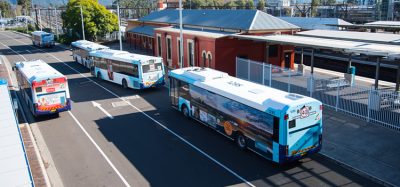Study: how will self-driving vehicles change Moscow?
- Like
- Digg
- Del
- Tumblr
- VKontakte
- Buffer
- Love This
- Odnoklassniki
- Meneame
- Blogger
- Amazon
- Yahoo Mail
- Gmail
- AOL
- Newsvine
- HackerNews
- Evernote
- MySpace
- Mail.ru
- Viadeo
- Line
- Comments
- Yummly
- SMS
- Viber
- Telegram
- Subscribe
- Skype
- Facebook Messenger
- Kakao
- LiveJournal
- Yammer
- Edgar
- Fintel
- Mix
- Instapaper
- Copy Link
Posted: 7 May 2020 | Sam Mehmet (Intelligent Transport)
Based on current analysis, researchers have created future scenarios for Moscow to determine how self-driving vehicles will impact ride sharing, public transport, passenger experience and everyday life.


Moscow's MaaS platform will unite various car sharing, scooter rental and taxi operators.
Higher School of Economics University (HSE) researchers have assessed the effects of self-driving cars on the city of Moscow. In their study, Alexei Zomarev and Maria Rozhenko presented predictions for 2030 and 2035 based on an appropriate analysis for the city of Moscow.
In the coming decade, they predicted that self-driving vehicles will come into wider use, stating that researchers are looking more and more at not just driverless cars themselves, but at the potential for them to become shared autonomous vehicles (SAV).
This potential affects two contemporary services, the HSE researchers explained: ride sharing (in which travellers share a vehicle for travel along a similar route) and car sharing (short-term car rental).
Zomarev and Rozhenko created models of how Moscow will look in the near future. Based on official city strategies and available data regarding the number of passengers per car, auto sales, the efficiency of road networks, and so on, the researchers created four scenarios for 2030 and 2035:
- Stagnation
- Shared Use
- Robotisation
- Absolute Mobility.
The scenarios are said to be characterised by different rates of integrating driverless technology into city transport, as well as different possible states of the public vehicle market, including both traditional and self-driving vehicles.
The models are based on 2022 marking the beginning of the implementation of driverless taxi services, and 2024 as when self-driving cars will be permitted for private use.
Stagnation and Robotisation
The pace at which self-driving vehicles will take over Moscow is different in these scenarios, they explained, but the speed at which shared car services become used more widely is equally slow.


Due to weaker technological development, the rate of automobile accidents in the Stagnation Scenario will decrease to a lesser extent than in other scenarios, with most cars in the city not being self-driving. In the Robotisation Scenario, insufficient quality control over autonomous transport will pose a serious obstacle, they said.
By 2035, according to both scenarios, the number of cars will reach up to six million (compared to 4.7 million in 2019). While there are currently 293 cars per every 1,000 people in Moscow, this number will reach up 464 by 2035. They noted.
Road congestion will increase by 13 per cent, and time spent by drivers in traffic jams will increase by 5-10 per cent. The shortage of parking spaces will increase by 1.7 million.
Absolute Mobility and Shared Use
Unlike the previous scenarios, these scenarios are said to be characterised by a large proportion of shared vehicles. In the Shared Use Scenario, the rate of integration of driverless technology into car sharing is low; sharing services instead rely mainly on human drivers. In the Absolute Mobility Scenario, the rate is high: most transport will be carried out by self-driving vehicles, and the effects of car sharing will reach their optimal potential by 2035:
- The number of passengers per car will double up to 2.3 passengers
- The average time spent per trip in Moscow will be 55 minutes, which is comparable to the average time spent per trip using a personal vehicle
- Daily car usage will increase from today’s average of six trips per day to almost 14 trips per day
- Up to 32 people will use one SAV per day.
All this will reduce city residents’ need for personal vehicles, save time, and eliminate the need to worry about parking (if parking privileges for shared cars are preserved), according to the researchers.
However, they said that self-driving cars will lead to job losses for 200,000 people, including drivers, couriers, traffic controllers, and traffic police, and that traditional public transport will have fewer passengers, and some routes will be eliminated.
“Scenarios with a high proportion of shared vehicles will enable a smaller fleet of vehicles to satisfy a greater demand for passenger transportation. Measures should be introduced gradually and announced in advance, several years before the decisions go into effect,” they concluded.
Related topics
Air Quality, Connected & Autonomous Vehicles, Infrastructure & Urban Planning, Passenger Accessibility, Passenger Experience, Public Transport, Transport Governance & Policy, Vehicle & Passenger Safety
Related modes
Autonomous vehicles
Related cities
Moscow
Related organisations
Higher School of Economics University (HSE)
Related people
Alexei Zomarev, Maria Rozhenko








